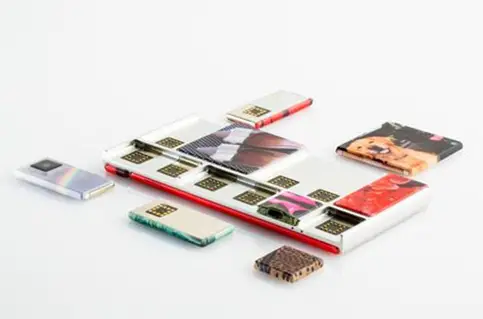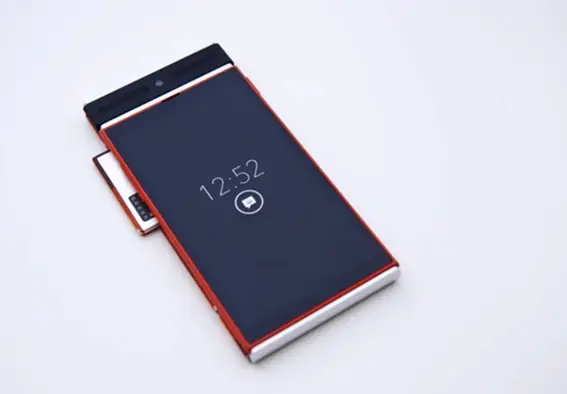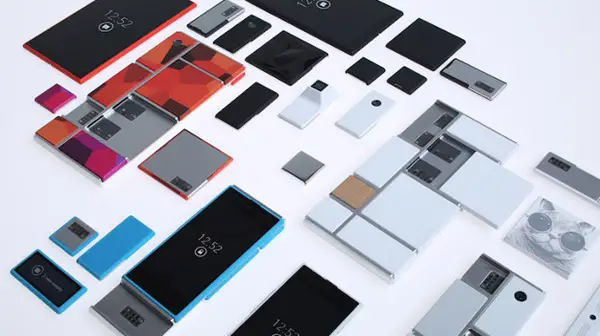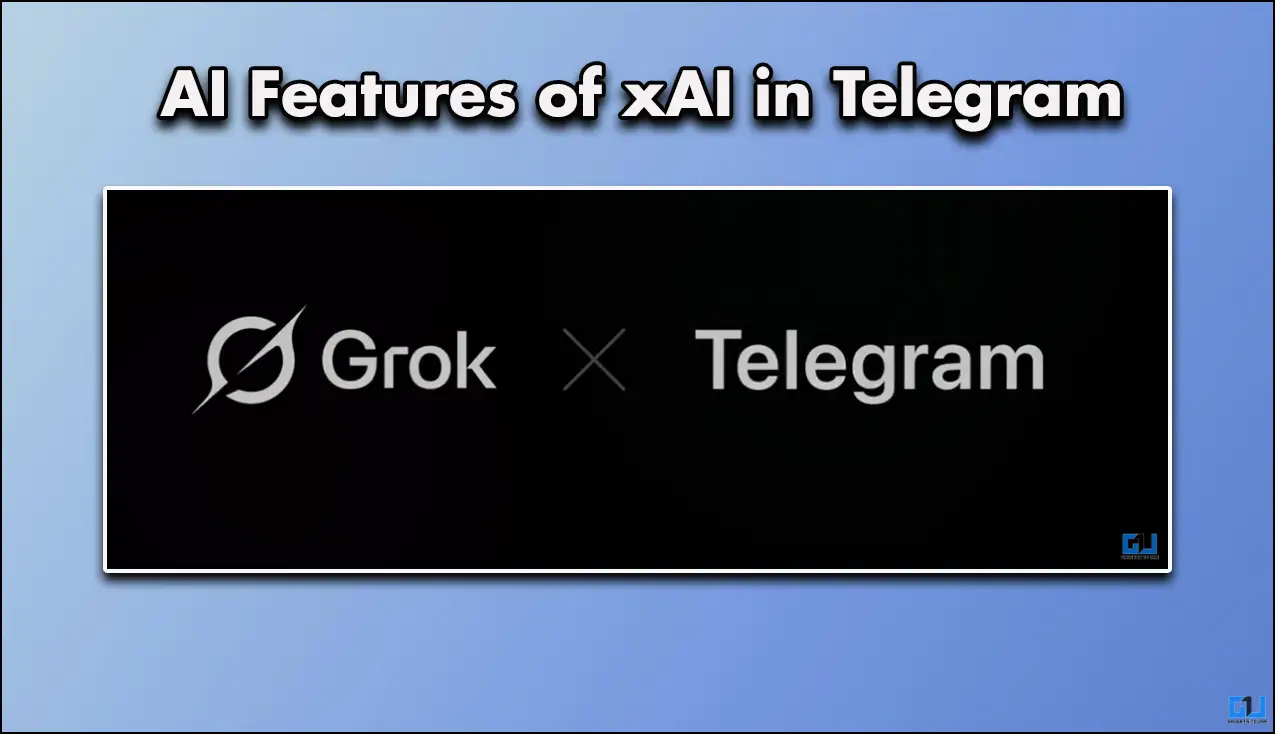Quick Answer
- This is also a factor which put Google’s Ambitious Android One project in the back seat and this will be a massive challenge for Project Ara to be a hit among regular consumers.
- We know Google is a company with loads of cash and loads of smart people and thus, we will soon see first set of Ara smartphone which will offer a unique, relatively cheaper and upgradeable smartphone to masses for the first time.
- You could choose a 2 MP camera and save cost or you could replace it with a range finder, you could use a massive battery or any other sensor depending on your work requirements.
Before Project Ara, there have been several attempts at modular smartphones, like Phonebloks which failed to materialize. We know Google is a company with loads of cash and loads of smart people and thus, we will soon see first set of Ara smartphone which will offer a unique, relatively cheaper and upgradeable smartphone to masses for the first time.
Why Project Ara is special
Project Ara will basically deliver an entirely customizable smartphone, on which everything can be swapped and replaced. To achieve this objective, Google will provide endoskeleton which can be populated by consumers.
The obvious advantage is the freedom to choose each component separately according to what you need. You could choose a 2 MP camera and save cost or you could replace it with a range finder, you could use a massive battery or any other sensor depending on your work requirements.
We are not sure if consumers will buy into this trend, at least for initial few years, but we see a big opportunity to convert enterprise users, who can customize smartphones into powerful tools based on industry specific requirement, similar to what PC industry.
Till now, we have seen Sennhiser and Toshiba display some fulfilling Project Ara modules for high grade audiophiles and camera enthusiasts.
Recommended: Why Android One Did Not Do Well in India – What Needs to be Done to Fix It
Would it be as efficient as modern smartphones?
Considering that different modules will have to communicate with each other, it would be hard for project Ara smartphones to match efficiency of today’s flagship devices, at least in the initial few years. Google also intends to keep price as low as possible at the start, which will put its own restriction.
On the outside, these smartphones are expected to be around 10 mm thick and flat, unlike modern smartphones with ergonomic curves. Would users be willing to compromise? Those who wish to transform and customize their smartphones in to powerful tool and add unconventional sensors and modules will.
Will project Ara be viable in India?
Besides being the largest growing smartphone market, India is also a highly cost sensitive market. People value productivity and hardware muscle, even if it involves minimal design compromises.
We often come across users asking for the most durable smartphone, which will give them their money’s worth for 4 years or so. It’s hard to recommend present day Android devices for over 2 years of usage but project Ara can change this and that to for a low monetary cost. Project Ara will mean your smartphone never gets Too old.
However, Indian smartphone market and chipset makers have evolved to deliver great android experience for very low price. This is also a factor which put Google’s Ambitious Android One project in the back seat and this will be a massive challenge for Project Ara to be a hit among regular consumers.
For now Companies like Rockchip, Marvell, and Nvidia have joined the project and produce SoC modules for project Ara. Absence of big brands like Qualcomm and MediaTek could be a major hindrance. Compatibility issues with present Android ecosystem or substandard performance would be a disaster even if the price is low.
Recommended: Top 5 Things to Consider while Buying Good Camera Smartphone
When can we expect project Ara smartphones?
Google will pilot its first set of project Ara smartphones in Puerto Rico, by the end of 2015. In Spiral 3 (each project Ara development phase is called a spiral) Google is working on making hardware modules communicate via inductive connections, rather than electrical contacts. Engineers are also working to eliminate a flaw in electro-permanent magnets (EPMs) which are used to attach and detach modules. It will still take several months or years for the project to reach India.
Conclusion
Project Ara is an ambitious project but there is no way to know for sure whether people want modular smartphones. Modular concept worked wonders for personal computers and with time, when productivity oriented users start relying heavily on their portable gadgets, there will be demand for durable products which aren’t rendered useless or outdated over a period of couple of years or even months.
















